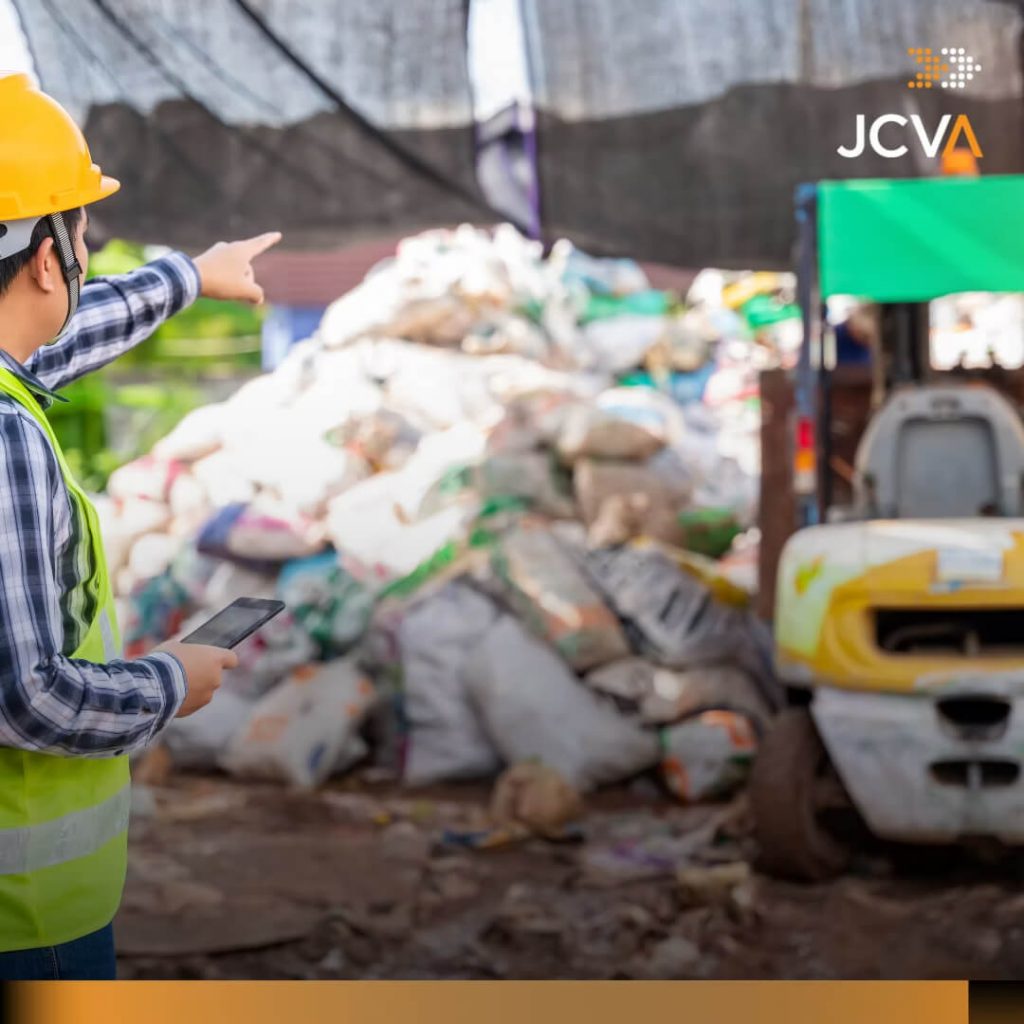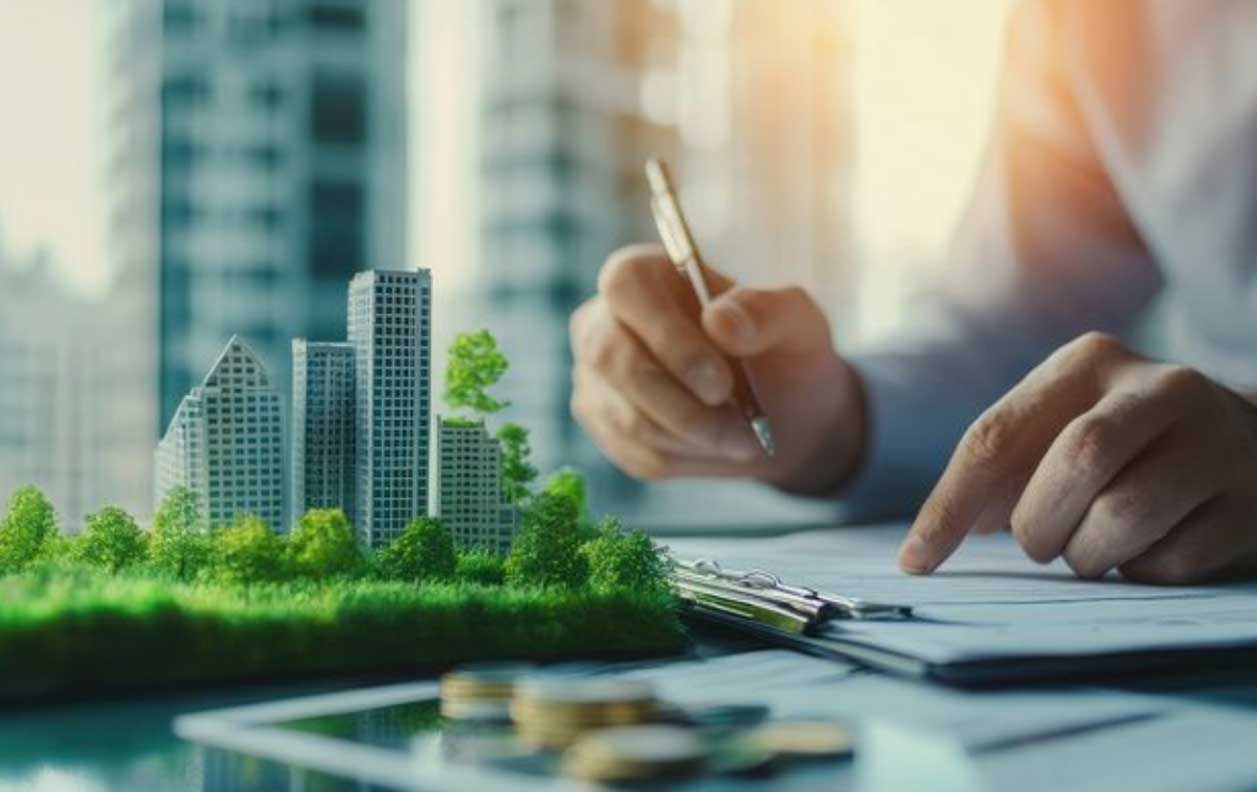
Proper waste disposal plays a crucial role in construction operations worldwide. This has become increasingly important in the Philippines as the government enforces regulations to ensure all building projects align with local waste management efforts. This is a response to the environmental impact of the country’s growing economy and the consequent rise in the Philippine construction industry’s infrastructure projects, which inevitably generate waste.
That is why compliance with waste management regulations is vital to uphold and foster the country’s sustainability. Republic Act No. 9003, also known as the Ecological Solid Waste Management Act of 2000, mandates adherence to and support for local ecological initiatives in waste management. This act aims to establish a sustainable waste management program by construction management firms nationwide to reduce waste production.
By embracing these regulations, the construction industry can show its love and respect for Mother Nature. Proper construction waste management is an act of stewardship, showcasing a commitment to preserving the environment for future generations. Through responsible waste management, construction firms actively contribute to the health and well-being of the planet. Here are the best disposal practices for the construction sector in the Philippines to be more sustainable.
Non-hazardous construction materials, such as surplus items, can usually be recycled at waste management facilities or donated to institutions that accept such materials. Careful management of construction material purchases is vital to minimizing waste and preventing the accumulation of unnecessary items. Renovation projects often result in collecting old furniture and unused appliances, which present recycling, reuse, or donation opportunities.
Recycling centers and waste management facilities commonly welcome these items.
Waste from site clearance can also be repurposed and reused. In some instances, these materials can be donated to other construction projects or companies to be effectively reused in different construction projects. This practice contributes to the construction sector’s sustainability and encourages a circular economy, where materials are kept in use for as long as possible. By adopting these practices, the construction industry can significantly reduce its environmental footprint and lead by example in promoting sustainable and responsible waste management.
Proper hazardous waste disposal is essential for compliance with local regulations and safeguarding the environment from harmful substances. This type of waste often includes construction materials containing dangerous elements like lead, mercury, and asbestos. For instance, lead-based materials, such as paint, roofing, and gutters, must be handled carefully and delivered to a facility equipped to process lead-containing construction and demolition (C&D) waste. When disposing of lead-based paint, it is critical to safely scrape off the paint and collect it separately before transporting it to a waste management center.
Similarly, materials containing mercury, commonly found in items like fluorescent lamps, old exit signs, and manometers, require careful handling and disposal at specialized mercury consolidation facilities. The utmost care is necessary to prevent breakage and the subsequent release of mercury. Proper disposal of these hazardous materials is not just a legal obligation but a crucial step in protecting public health. Asbestos-containing materials present a particular challenge and must be managed by contacting an asbestos abatement center. These centers specialize in safely removing and disposing of asbestos, mitigating potential health risks associated with its handling. By adhering to these practices, the risks associated with hazardous construction materials can be significantly reduced, ensuring a safer environment for all.
Embracing sustainable waste management practices represents a deeper commitment to preserving our planet for future generations. Through effective ways of managing both non-hazardous and hazardous waste, the construction sector of the Philippines sets a powerful example for industries worldwide. It demonstrates that economic development and environmental protection can go hand in hand.
As we continue to build and grow, let’s remember that every action taken to manage construction waste responsibly is a step towards a healthier, more sustainable world. We have the opportunity, and indeed the responsibility, to show our love for Mother Nature through conscientious waste management. Together, we can ensure our beautiful planet remains vibrant and thriving for generations to come.
Build a greener country, one project at a time, with JCVA! Send us an email at technical@jcvassociates.ph or visit www.jcvassociates.ph/well-leed-berde-consultancy to learn more about our sustainable construction development services.
We manage risks, build strong stakeholder relationships, and deliver solutions that reflect global best practices, backed by deep local industry knowledge.
If you're looking for a reliable partner to bring your vision to life, JCVA is here to build it with you.

